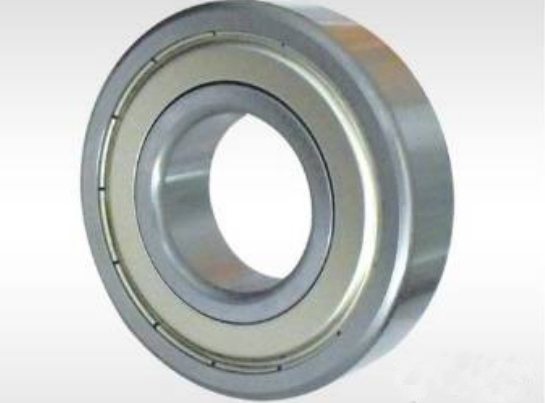For vertical motors where axial force exists objectively, most angular contact ball bearings are used, that is, the axial load-bearing capacity of the bearing body is used to balance the downward axial force generated by the weight of the rotor of the vertical motor.
In the structural design of the motor bearing system, angular contact ball bearings generally play the role of balancing axial forces and positioning bearings at the same time; whether the angular contact ball bearings are installed above or below, the bearings are balancing the downward axis generated by the rotor's own weight. Force, that is, when the angular contact ball bearing is installed at the lower end of the motor, the bearing has an upward lifting effect on the rotor; and when the bearing is installed at the upper end of the motor, the bearing has a pulling effect on the rotor. Therefore, for vertical motors, a set of single row angular contact ball bearings is generally used.
From a theoretical analysis, single-row bearings can withstand radial loads and one-way axial loads. The standard contact angles of this type of bearings are 15°, 25° and 40°. The larger the contact angle, the greater the ability to withstand axial load. However, the smaller the contact angle, the more conducive it is to high-speed rotation. Therefore, when selecting the bearing contact angle, the motor speed should be considered comprehensively.
Double row angular contact ball bearings are divided into two structures: one outer ring and two inner rings, and one outer ring and one inner ring. Structurally, two single-row angular contact ball bearings are combined on the back to share the inner ring and outer ring, which can bear radial load and bidirectional axial load. This type of bearings are mainly used in machine tool spindles, high-frequency motors, gas turbines, oil pumps, air compressors, printing machinery, etc.
In practical applications, the back-to-back combination (DB) and face-to-face combination (DF) of single-row angular contact bearings, as well as double-row bearings, can bear both radial loads and bidirectional axial loads. The single row angular contact bearing combination (DT) configured in series is only suitable for applications where the one-way axial load is large and the rated load of a single bearing is insufficient.
In the actual application conditions of the motor, in addition to the axial force during the operation of the motor, if the shaft center misalignment caused by deflection factors such as the shaft or housing also needs to be considered, spherical bearings can also be used.
Post time: Nov-07-2024

